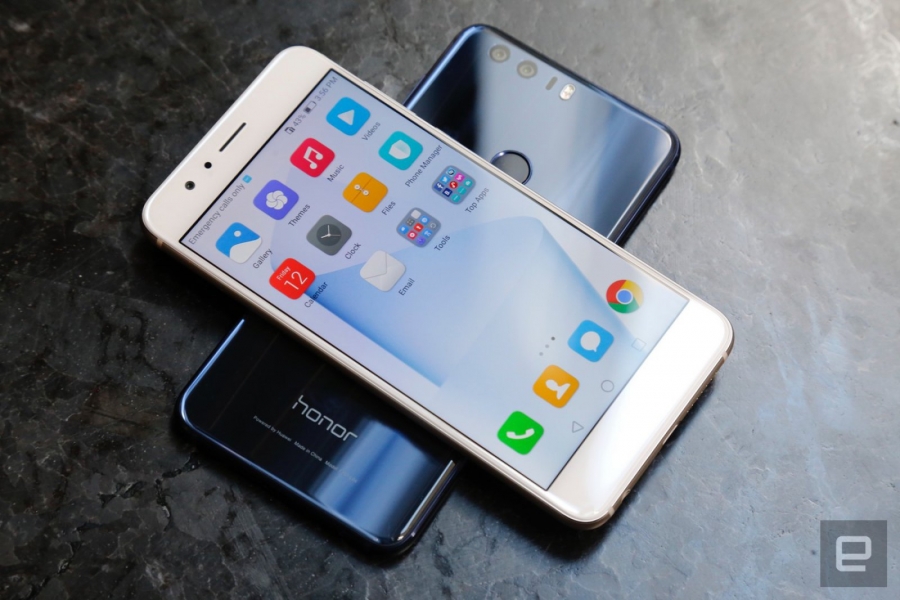Huawei doesn't have any carrier subsidies or fancy deals going on behind the scenes. They don't have a massive advertising / marketing budget and "brand tax" that leading players are associated with. If things go according to their plan, they'll simply have to wait for people like me to buy and talk about how nice their products are. The rest will be history.
Requirements
Our main requirement was that we wouldn't sacrifice any functionality when switching over to Android. By now, there are plenty of "Google Play" apps on Android's platform to choose from.
Which Apps?
| Apple | Android |
| iCloud Drive | Google Drive |
| Calendar | Google Calendar (the stock Huawei calendar app was lacking) |
| Contacts | Google Contacts |
| BlueMail (the stock Huawei mail app was lacking) | |
| Reminders / Notes | Google Keep (We might be switching to Evernote) |
| Find Friends | Google Hangouts (create a "location sharing" circle) |
| iMessage | MightyText (allows SMS from computer) |
The Actual Migration: iCloud -> Google
Migrating my actual data (contacts, calendars) was easy. With Apple's devices supporting MS Exchange, and Android's devices tied into Google, data portability is no problem: you can export your data into simple CSV files and into the new platform. For me, I used Calendar and Contacts (Mac OS Apps) to export my data. I saved the files right on my desktop, then opened up a web browser and went to google.com/calendar and google.com/contacts, respectively, and imported my CSV files.
Syncing Photos
For those worried about syncing photos - this part was probably the least painful. The Android operating system, when you plug in via USB, gives a few options: Charge Only, Camera Mode, File Mode... once we switched the USB connection to Camera mode, Photos (formerly iPhoto) was able to import pictures into our existing library just like we connected any other USB camera.
Other Benefits
Our phones now support micro-SD cards for added storage.

